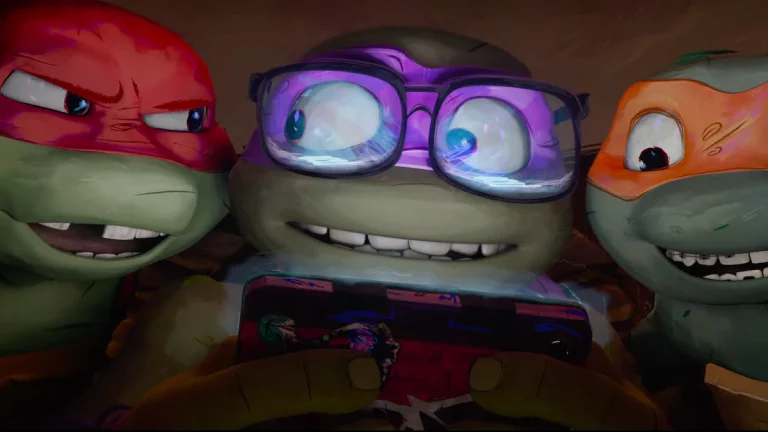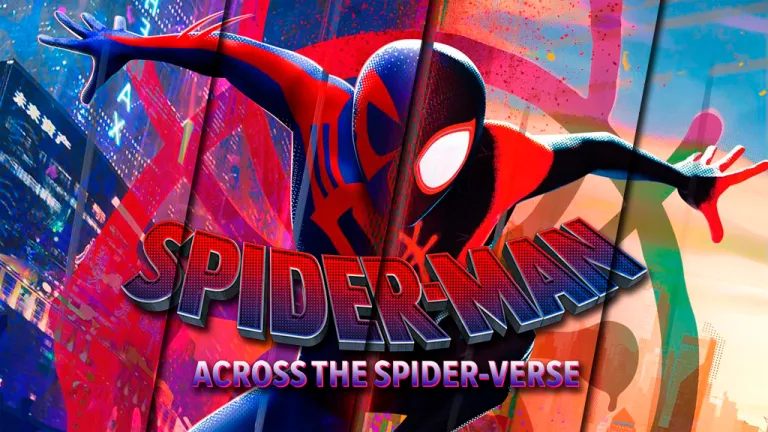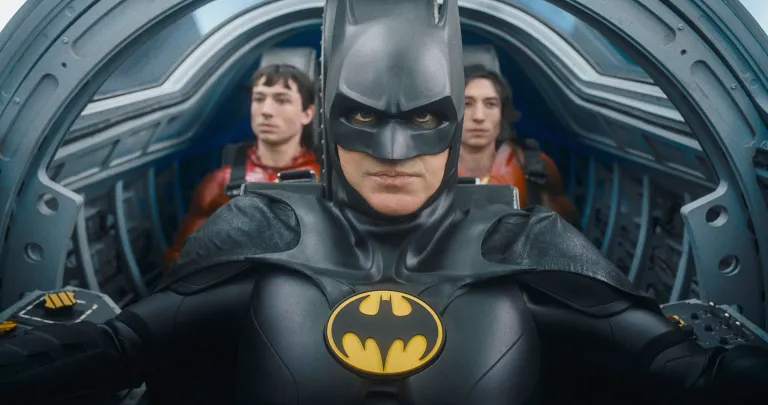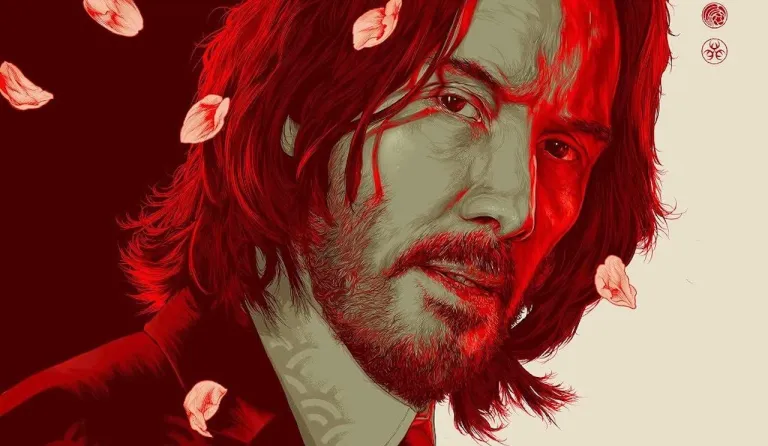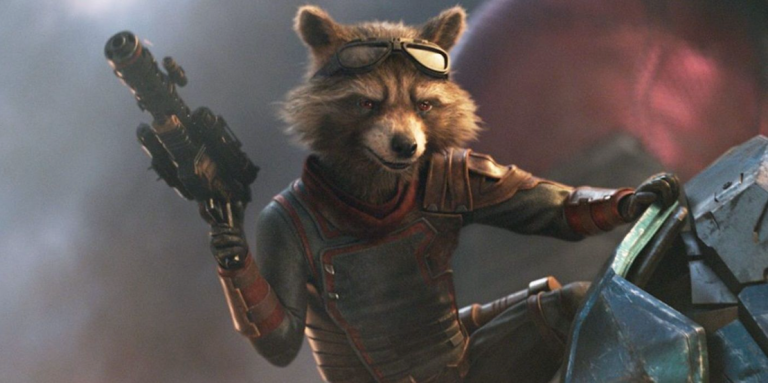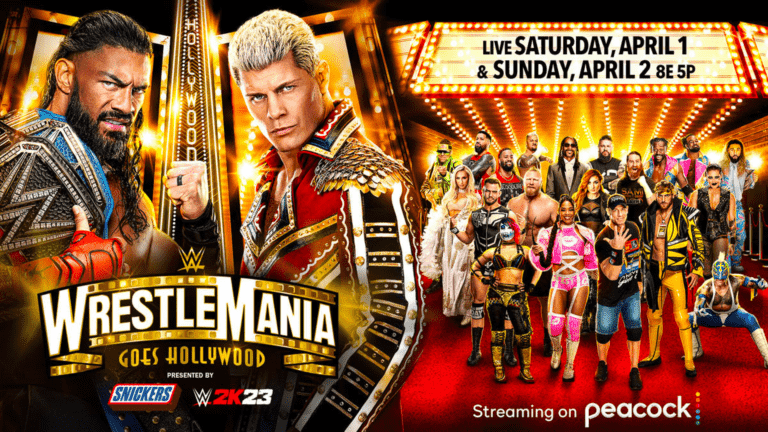
This is a guest post from one of our listeners, @ult_warrior. It does not necessarily support our views or opinions, but we think it’s a part of an interesting discussion. Got something to say, looking for an outlet, and able to be articulate? Send us your thoughts and you might see them here!
It’s a frantic back and forth. They’re both standing.. barely.. trading forearms. It was only a moment ago that the heel had nearly stolen the match with a handful of tights, but something lit a fire under this babyface and he’s back in the fight. Now’s his chance. Two punches connect. Three. The heel is rocked. A whip to the ropes, and a big slam on the rebound. The crowd goes, to quote Pat Patterson, banana. A cover, and.. silence.
You see, the babyface didn’t hit a finishing move, and didn’t get a surprise roll-up. So there’s no way this is going to be a three count. And if there isn’t a chance of it succeeding, there’s no tension in watching it. At this point in pro wrestling, the idea of the “finisher” has become so fetishised that it’s almost impossible to tune into a match anywhere and see a clean finish without one. Which isn’t to say they don’t have their place — a good, recognisable finishing move is part of a wrestler’s overall presentation, and seeing Hogan dropping the leg or Shawn Michaels tuning up the band were always spots that got the crowd going. Finishers evolved for a reason and there’s no point in trying to do away with
That said, pro wrestling, and the art of storytelling — which any number of veterans and fans will tell you is waning in the face of sheer workrate — would benefit greatly from wrestlers, or more accurately their bookers and match agents, learning not to rely solely on finishers to end a match. Although it’s a phenomenon seen across multiple companies, WWE seems to be the most enamoured with the idea of a finisher-only environment, and it completely escapes this writer when they last televised a match which ended without either one (or several) being hit, or something “unsportsmanly” like a surprise roll-up, a foot on the ropes or an object shot. The art of an uncommon, but impressive, move signalling the three count is dead, and without it, the vast majority of the near-falls throughout any wrestling match mean nothing.
Now any of us actively reading something like this all know that our enjoyment of pro wrestling is one that requires a suspension of disbelief. We know the result is predetermined, the winning sequence of moves worked out in advance. We don’t think that these big power moves really matter in a real sense, and that waiting for that moment when Bobby Roode hoists his opponent into the fireman’s carry for his Roode Bomb is that match’s equivalent to a movie’s climactic chase scene. It’s what we’ve been waiting for. It makes perfect sense. But of course, this is the climax to a story, and no good story goes from start to finish without some interesting detours and red herrings along the way.
I’ve compared wrestling storytelling to cinema already, so take a topical example: Star Wars. Let’s go back to A New Hope and look at how we came to love it as a film. It hit a lot of predictable storytelling beats along the way — the bright-eyed hero, against all odds, saves the day by sheer pluck and daring. There’s a damsel in distress, a wise mentor, a beeping-and-whistling macguffin loaded with Death Star schematics. But to throw viewers off the trail, to give them the sense that anything could happen — and, therefore, to raise the tension for the big finale — we got to see some unexpected turns. When Obi Wan Kenobi challenges Darth Vader to a duel, conventional storytelling would probably have expected the do-gooder to triumph against the forces of evil, for the wise old man who was secretly a hero to reveal his true ability and save the day. But he died — and pretty easily at that. And from there on, throughout the film and its sequels, we knew anything could happen. No one was safe. Han Solo was frozen in carbonite. Yoda dies without finishing Luke’s training. The view is on tenterhooks the whole time, because every fight and every battle could be someone’s last.
So why not try to get back to this in pro wrestling? We already have a built-in tier system for most large promotions, where television matches on weekly programming aren’t as “big” as the pay-per-view or “special event” matches. No one’s going to argue that a given episode of NXT or Impact is meant to be as exciting as TakeOver or Slammiversary are, which gives agents on those shows a chance to experiment. Let a few TV matches end with a big power move, not a finisher. The next time Eric Young steps into the ring, have him score the three count with a superplex. Let Apollo Crews throw out a big Arn Anderson spinebuster out of nowhere just once. Get the viewers invested in every near-fall, just in case that once-inconsequential pin is actually the one that counts. Start small, maybe testing it out in early-card job matches. Even if the idea goes down like a lead balloon in this day and age, it won’t do any damage to test it in some foregone-conclusion match like Roman Reigns and whichever filler heel he’s getting the win over this week.
The benefits, if it’s done right, would be appreciable. Every fan, casual or committed, would be able to invest more emotion into the big matches if they’ve come to see matches regularly — not all the time, but a noticeable amount of the time — ending just when it feels one wrestler has hit something big enough. We’ll still know that the main event of Wrestlemania isn’t going to end with a momentum-changing neckbreaker or some sleeper hold countered into a snapmare. But if we just saw the United States title change hands after John Cena’s spin-out powerbomb, then maybe. Just maybe. But at the very least, we’re going to watch those two-counts a lot more closely.


